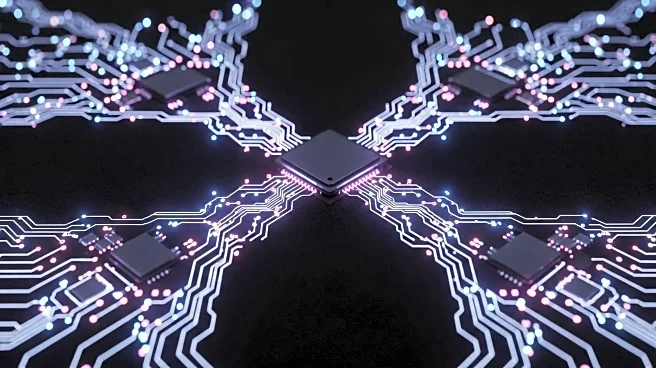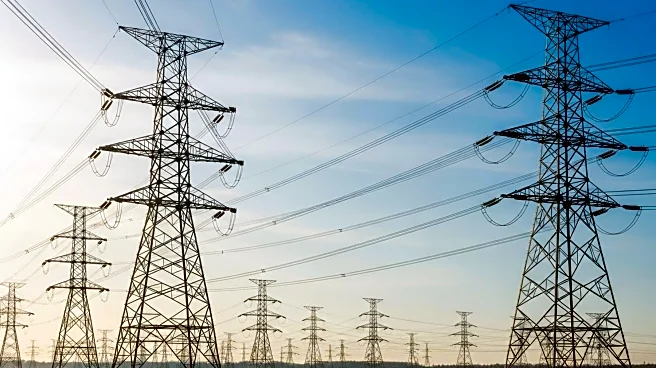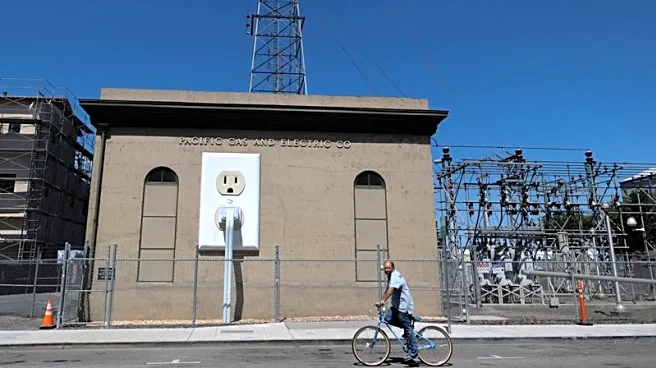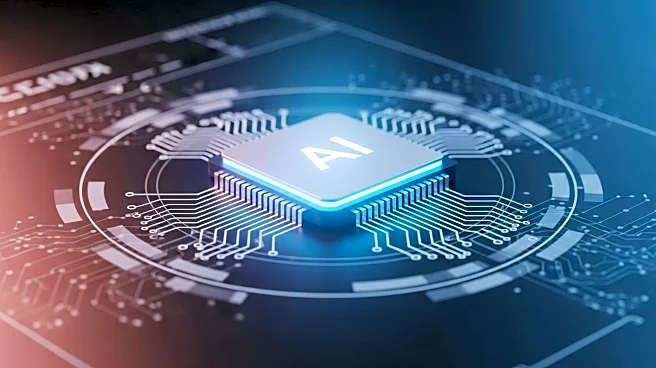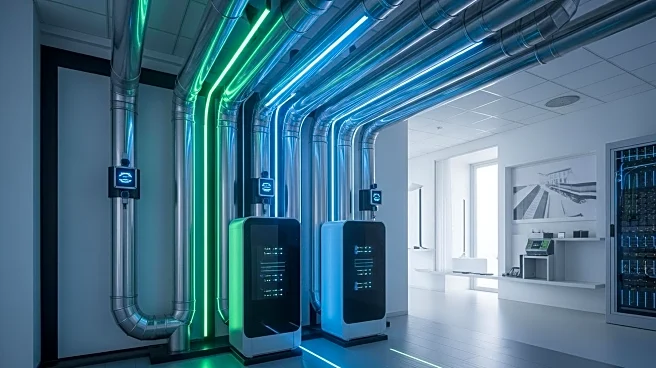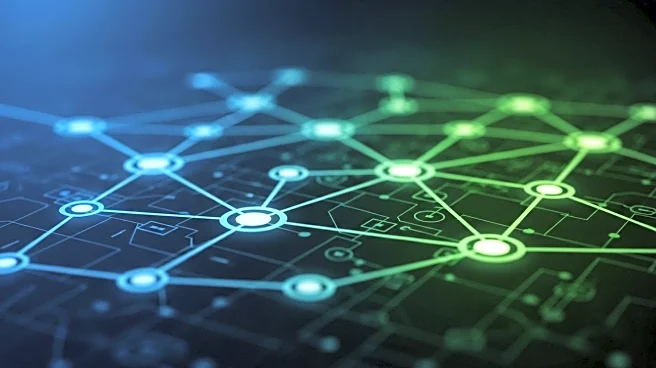What is the story about?
What's Happening?
Pacific Gas and Electric (PG&E) has announced a $73 billion plan to overhaul California's grid infrastructure by 2030, addressing the growing electricity demand from artificial intelligence and cloud infrastructure. The plan aims to support up to 10 gigawatts of new load from data centers in PG&E's service territory. The initiative includes wildfire-hardening and undergrounding projects, reflecting the utility's response to the structural load shock driven by AI applications. California's grid operator projects a significant increase in peak demand, necessitating substantial transmission and distribution upgrades.
Why It's Important?
The plan is a direct response to the increasing electricity consumption driven by AI and cloud infrastructure, which poses challenges to existing grid systems. By investing in grid expansion and modernization, PG&E seeks to ensure reliable electricity supply and mitigate risks associated with renewable intermittency and wildfires. The initiative highlights the impact of technological advancements on energy demand and the need for utilities to adapt to changing consumption patterns. It also underscores the importance of infrastructure investment in supporting economic growth and technological innovation.
What's Next?
PG&E will continue to implement its grid expansion blueprint, focusing on integrating new technologies and enhancing system resilience. The utility's efforts are expected to align with regulatory requirements and contribute to California's clean energy goals. As AI and cloud infrastructure continue to evolve, PG&E's plan will play a critical role in supporting the state's energy needs and ensuring grid stability.
Beyond the Headlines
The initiative reflects a broader trend of utilities adapting to the challenges posed by technological advancements and climate change. By prioritizing infrastructure development, PG&E aims to balance energy demand with environmental sustainability. The plan also highlights the need for collaboration between utilities, regulators, and stakeholders to address the complexities of modern energy systems.
AI Generated Content
Do you find this article useful?
